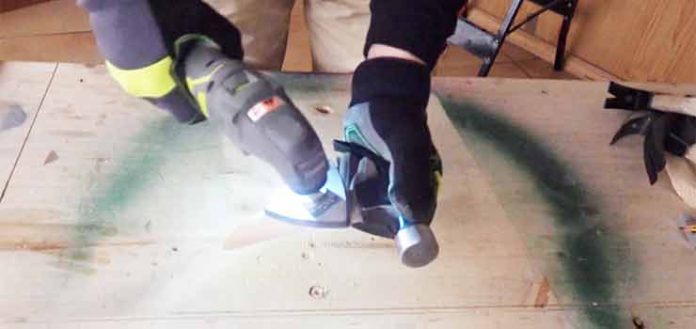
In DIY there are many aspects to take into account, since very different jobs are carried out and, on the other hand, very different techniques and disciplines are also carried out.
One of these aspects that we are referring to is protection, which most of the time goes completely unnoticed.
Among all the possible protection elements, there is one whose importance is maximum. We are referring to the gloves.
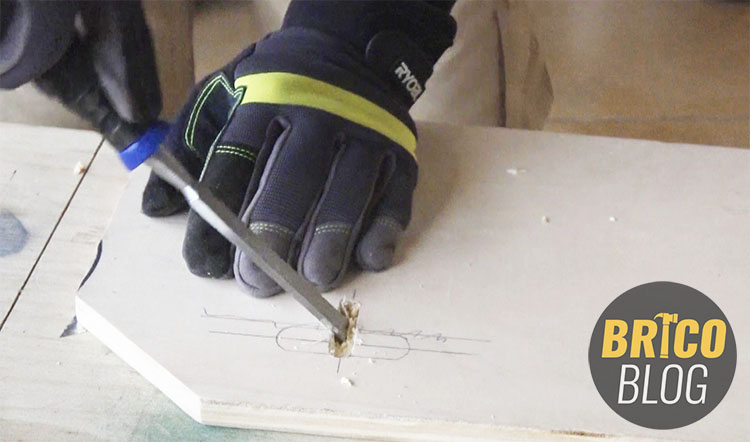
Basic protection for DIY.
Why are gloves so important as basic DIY protection?
The essence of DIY is work Handbookso from minute one we have our hands exposed to any type of accident.
As we said, in DIY very diverse and disparate jobs are carried out, such as the demolition of partitions in reforms, welding work, carpentry, application of chemical products, etc, etc. And all these jobs have a common denominator: the use of tools that, carelessly or due to overconfidence, can cause very serious injuries.
DIY encompasses the use of simpler tools, but no less dangerous, such as a cutter, a hammer, a chisel,… Even power tools such as a grinder, drill, disk saw, electric brush, and endless other tools. portable machines.
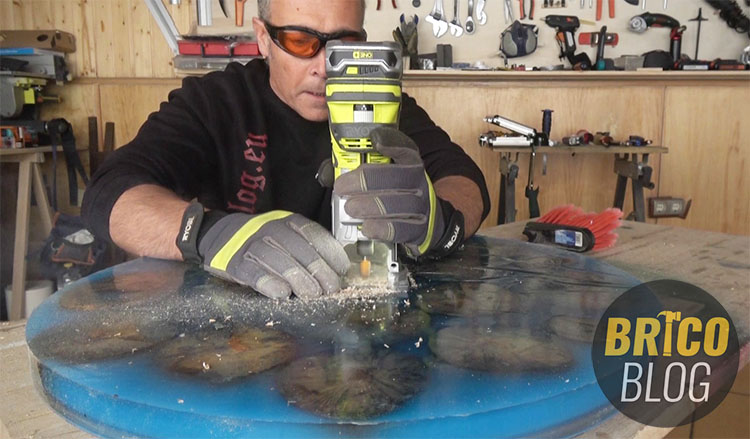
Use of DIY tools.
For this reason I want to pass on my own experience to all DIY enthusiasts. I was one of those who never used gloves, hence my hands were always full of wounds, even on one occasion, I had a very serious injury that could have been avoided or, at least, minimized if I had used the right gloves.
It is true that it is not easy to choose a glove that covers all the possible DIY projects in which you get involved. But it is possible to have a pair of multi-purpose gloves for simpler DIY jobs as a starting point. And if you are passionate about DIY, as is my case, over time acquire more specific gloves for the projects you are carrying out.
Remember: protection and safety comes first.
Basic protection gloves for DIY
As a starting point you should have some basic protection gloves, which protect you against blows, against small cuts and against abrasions.
I recommend a leather glove that is resistant but, at the same time, that allows you maximum manageability.
Within this segment, you can also opt for the anti-vibration glove. Actually, it is a variant of the previous one, since the only difference is that the skin is filled with foam, which dampens vibrations to a certain extent.
And finally, you also have the precision DIY gloves.
They are gloves very similar to the previous ones but, with the only difference, that they lack tips on the thumb, index and middle fingers, which allows total touch for more delicate operations.
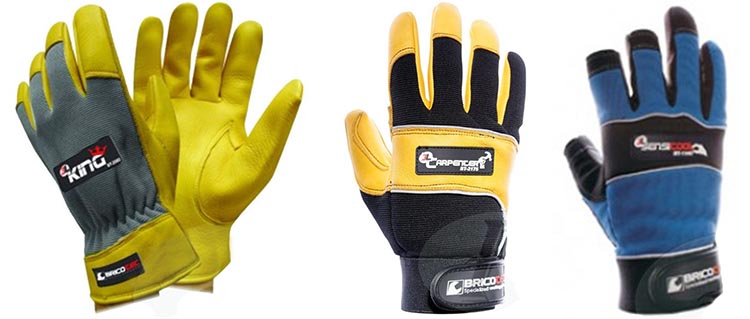
From left to right: multi-purpose gloves, anti-vibration gloves and precision gloves.
More specific gloves for DIY
This selection is much more difficult to make, since not all DIY enthusiasts develop the same types of projects, nor do they have the same needs.
However, we will rely on our experience to determine the jobs that are usually developed to a greater extent.
welder’s gloves
It is a glove made entirely of split leather, with all its seams sewn with Kevlar thread, and with internal thermal insulation.
This same glove can be found with a long sleeve and a short sleeve. I opt for the long sleeve, as it provides a greater area of protection against sparks released during the welding process.
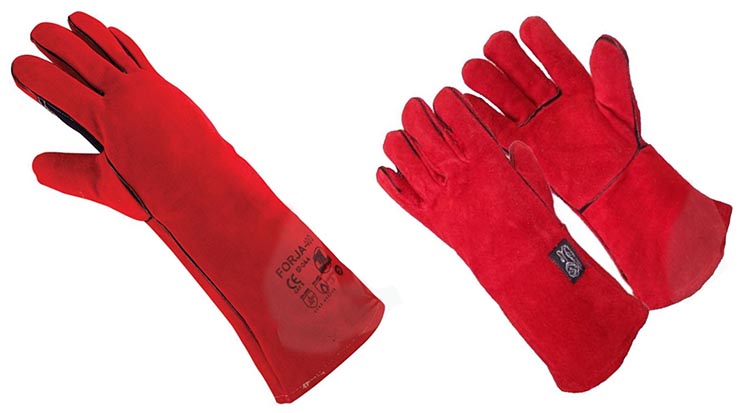
Long and short welding gloves.
Cut protection gloves
They are gloves specially designed to resist abrasion, cutting and tearing, so they are highly recommended for hand protection when working with a grinder and grinder, as well as when handling and machining very thin sheets.
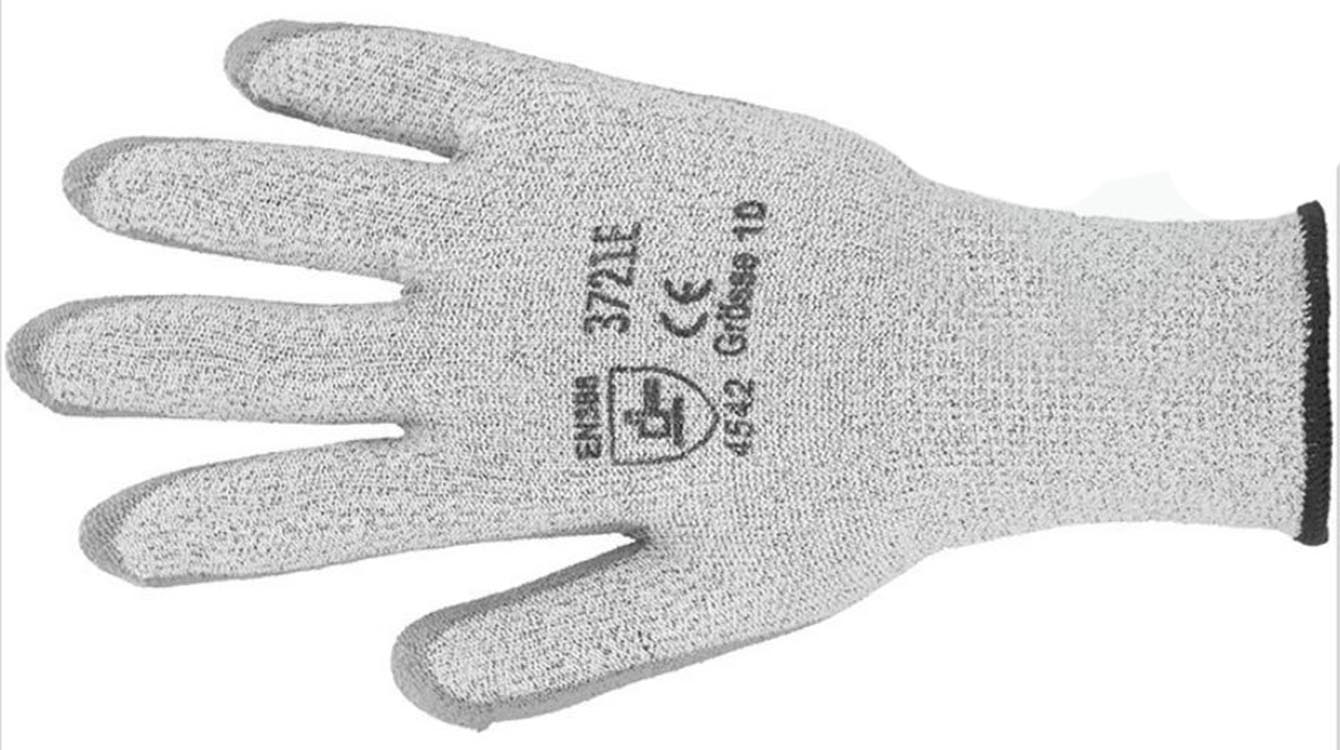
Fiberglass anti-cut glove.
Disposable nitrile gloves
Finally, I recommend another very different type, such as gloves made of nitrile for the use of chemical products.
Why nitrile instead of latex?
Besides because they are indicated for people allergic to latex, it is because nitrile is more resistant to chemical substances and solvents.
In DIY they are used for protection against handling a wide variety of chemical products, such as epoxy resins, polyurethane foams, solvents, paints and varnishes.
Therefore, nitrile gloves should never be missing in our DIY workshop.
There are normal ones and there are special ones for workshops. The latter guarantee a greater grip thanks to its diamond-shaped texture.
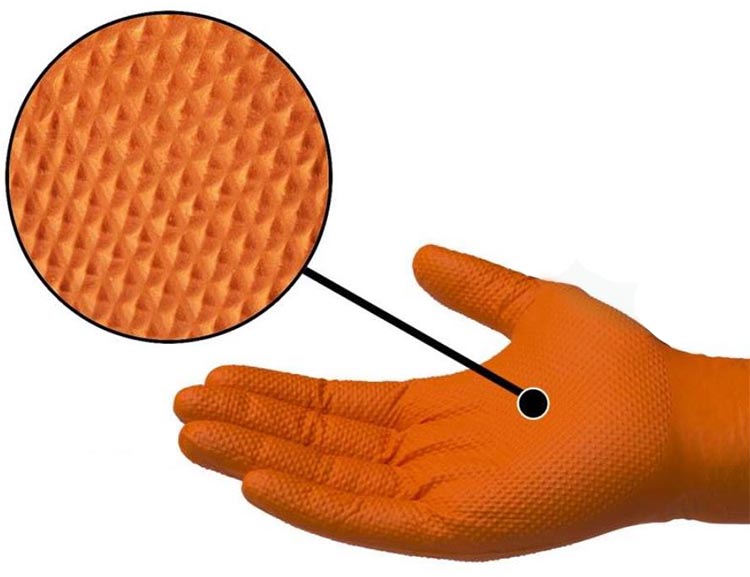
Disposable nitrile gloves for workshops.
Our experience tells us that with this selection of basic DIY protection gloves, we have most of our needs covered. But, as we said, it should only be the starting point.
Do you think that in DIY you may need some other type of glove?
Leave us a comment, we would like to know your opinion.
And if you want more information about the safety measures to take when doing DIY, you can visit this other article on our blog Safety measures in DIY.
Source of glove photos: Flat
.



